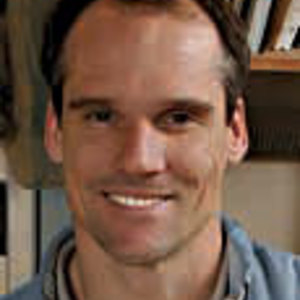A Better Way to Build Drawers
NK-style drawers are easier to fit, offer smoother action and have a longer life than traditional drawers
Synopsis: The problem with drawers is excessive wear and too much friction; the NK-style drawer solves both these problems. The NK drawer design explained and demonstrated here uses a separate bottom assembly to eliminate the drawbacks of standard drawer designs. Complete directions are given for making this better-designed drawer.
Consider a dresser drawer that is 16 in. deep and 30 in. wide. Let’s say that every time it’s opened it travels 12 in. out and 12 in. back in. If this drawer is opened once a day for 30 years, it will have traveled more than four miles, carrying its load of sweaters and jeans solely on the thickness of the drawer sides. By then it’s probably running like a brick over a cheese grater. Worse, if the wear extends into the groove for the drawer bottom, it will damage not only the drawer but also the carcase itself.
Side-hung drawers avoid this problem by having the drawer run on rails dadoed into the drawer sides. French bottoms avoid the wear by adding slips to the bottom of the sides, which increase the surface that bears the weight of the drawer. In both of these cases, however, the sides still rub against the drawer opening. This is especially a problem in deep drawers, where the tall sides are difficult to fit to the carcase and are prone to sticking.
A style that solves both problems—excessive wear and too much friction—is the NK (pronounced “enco”) drawer, developed in the early 1900s by a Swedish manufacturer, Nordiska Kompaniet. I started building NK drawers, which require no hardware, for deep drawers. Now I make almost all of my drawers this way.
The NK drawer is quite different from a standard drawer. For one, the front is slightly wider than the sides, except where the dovetail pins have been pared flush. Runners glued to the bottom of the sides also protrude from the sides, making them even with the sides of the drawer front. The last big difference is the bottom. It’s made of plywood and glued into a rabbet in each runner.
The NK drawer has a few advantages over a standard drawer. The runners provide extra surface area where it’s needed—under the drawer—and reduce the amount of surface area rubbing at the sides. Also, fitting this drawer means fitting the bottom assembly only, which is easier than fitting a standard drawer, especially if it is large. Without the front, sides and back of the drawer to obstruct your view, it’s easy to see where the runners are binding. Finally, even if the box isn’t glued up perfectly square, the drawer will operate smoothly, because the bottom sits proud of the sides.
From Fine Woodworking #150
For the full article, download the PDF below:”
Fine Woodworking Recommended Products

Starrett 12-in. combination square

Bessey K-Body Parallel-Jaw Clamp

Bessey EKH Trigger Clamps























Comments
Ok, maybe a stupid question, but do you need the center divider for the top bank of drawers (as shown in the article piece) when using this method for the drawer runner? Since the center divider isn't guiding the drawer except at the base couldn't you just use a thicker drawer blade and add a rebate to guide the drawer, or add a guide on top of the blade? Then add a vertical drawer stop at the front that is the same width as the front blade? Is that center divider needed to help support the top? If it was a bank of full width drawers then the top would not have that support.
Thanks
Log in or create an account to post a comment.
Sign up Log in